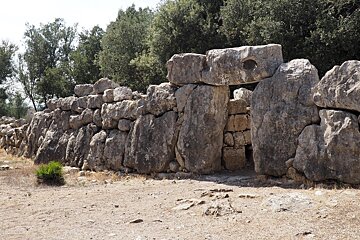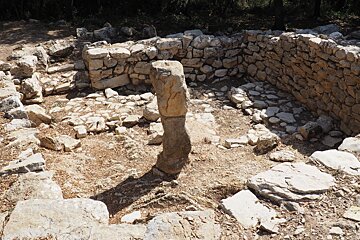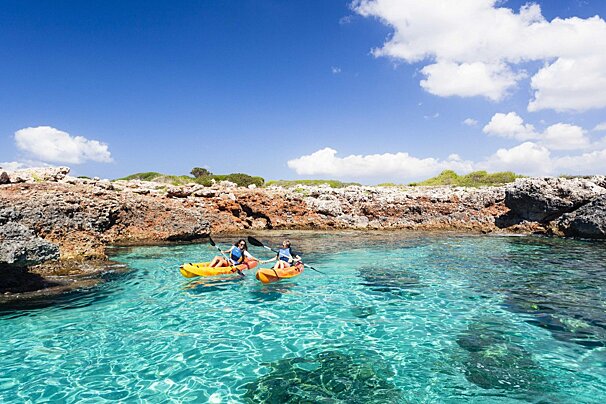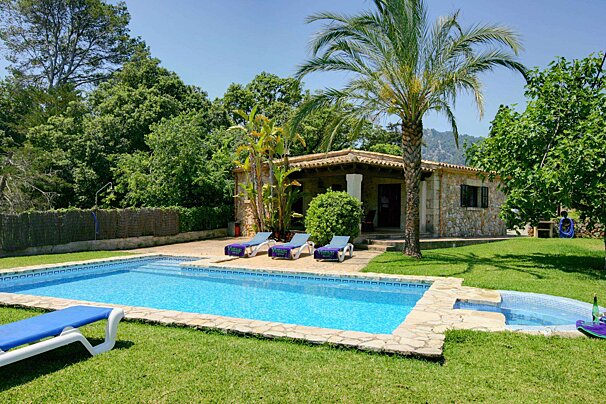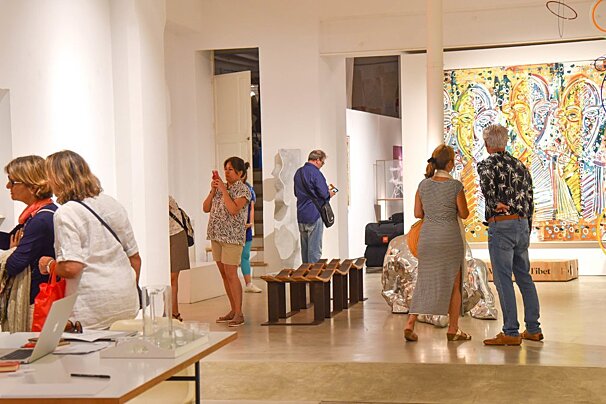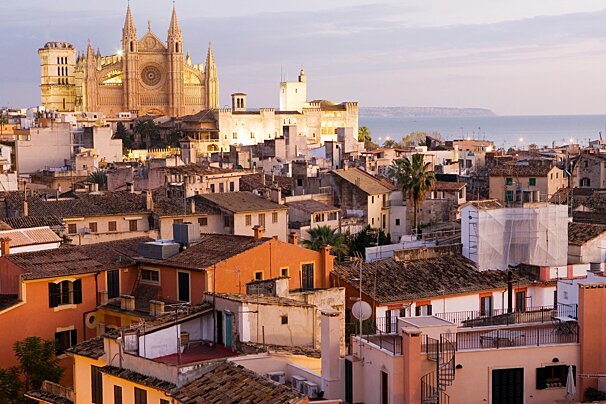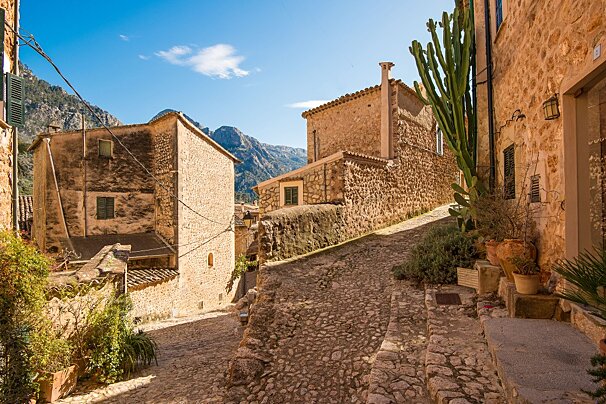
A Visit to Ses Paisses, Arta
An impressive and atmospheric archaeological site
Tourists and history students alike flock to the archaeological site of Ses Paisses to marvel over the remains of the 3000 year old Talayotic settlement. Located on the outskirts of Arta town, Ses Paisses is one of Mallorca’s best preserved historical sites of its type and the most important one on the eastern shore.
The settlement which is thought to date back to 1000BC is constructed in an oval shape of dwellings and chambers arranged around a large central Talayot or watchtower, the entire village is enclosed by a parameter wall made of large stone slabs stretching 374 meters long. It is thought that the wall was built later in perhaps 600BC and implies that security was an issue for these early Mallorcan settlers. This settlement is thought to have been inhabited until around 50 AD meaning that they stayed here even past the Roman conquest of Mallorca in 123BC. Ses Paisses was proclaimed a Historical and Artistic Monument in 1946 and has been undergoing archaeological excavation off and on from 1959 to present day.
Easy to find and well sign posted from Arta town centre, Ses Paisses is a short drive walk or cycle out of town along a rural road until you locate the site entrance amidst the trees. The Holm Oak forest in which the settlement resides adds a rustic and rural atmosphere to your exploration of the site. The Holm Oak is indigenous to Mallorca and trees just like these ones would have surrounded the original settlement and the acorns they provided would have been a large part of the settlers diet. Nowadays the trees grow amongst the ruins slowly reclaiming the area back to nature but the shade they provide make it a pleasant spot to while away a few hours of historical exploration.
As you enter the site you’ll find a small welcome centre at which you can purchase limited snacks and drinks, here is where you’ll also pay the €2 entrance fee and collect a laminated guide in your chosen language which will explain what you are seeing as you wander around the site. Almost immediately upon heading towards the site you’ll spot the most impressive aspect of it, three huge stones are laid to form a stone doorway and entrance to the settlement. Once you pass through the doorway you are free to wander amongst the ruins, as is the case in many sites of this sort, certain areas are unrecognisable as former dwellings being only heaps of rubble and rock overgrown by nature, but the closer you get to the central talayot the more the stones begin to take shape and make sense, and you can see steps and walls and roof support pillars now supporting nothing but sky.
The laminated guide and the information signs dotted around the grounds will point out what you’re seeing so that you know which areas were used for funeral rites, which for political debates and which for celebratory feasts.
In front of the stone doorway you’ll see a large stone monolith dedicated to Mallorcan poet Costa I Llobera who was so inspired by Ses Paisses as to write the narrative poem ‘La deixa del geni grec’ in 1900, Costa set many scenes of his love story in Ses Paisses settlement and the poem was turned into an opera titled Nuredduna in 1947. Occasionally Mallorcan theatre groups will perform adaption of the poem and opera at the settlement grounds, a backdrop that I’m sure makes for an evocative performance.
Ses Paisses is located just outside Arta, which you can locate easily by following the MA15 from Palma or following signposts from any of the towns in the North once you reach Arta follow the signs for Ses Paisses and there is ample parking at the site. If you are travelling on public transport then the buses run fairly frequently between Palma and Arta and only slightly less frequently between Pollenca, Alcudia and Arta. Buses will drop you in front of the Tourist Information office from where Ses Paisses is well signposted and little over a 15-minute walkout of town.
Read more about Ses Paisses and about Arta.
